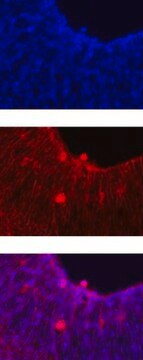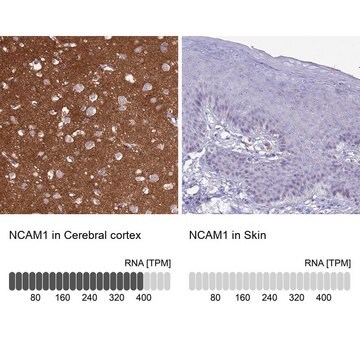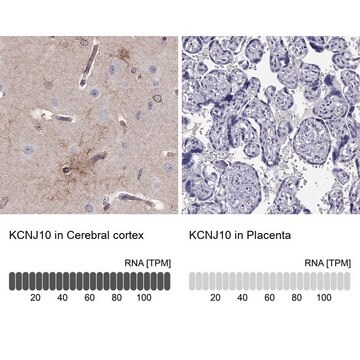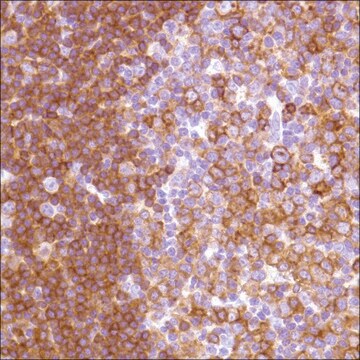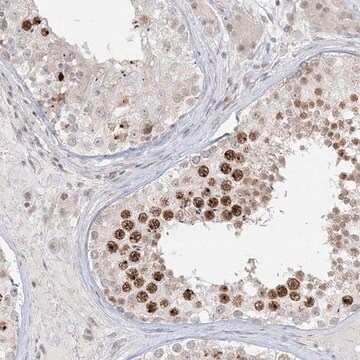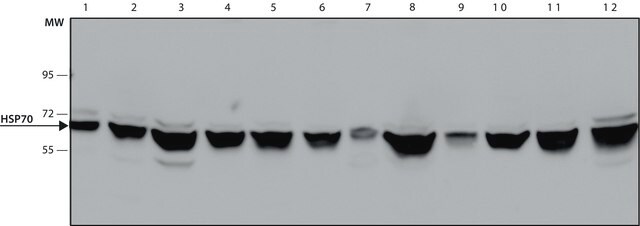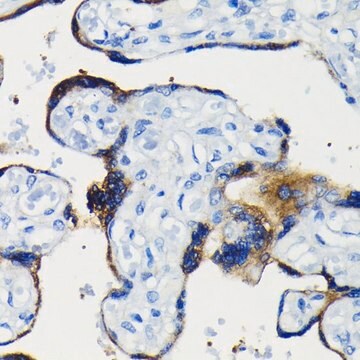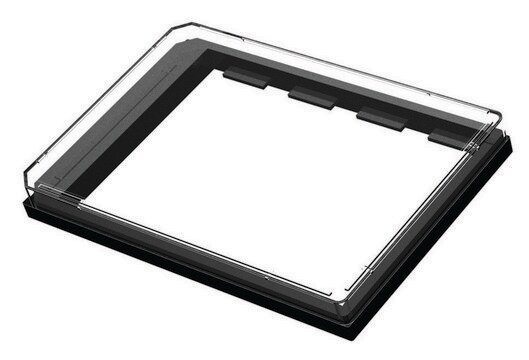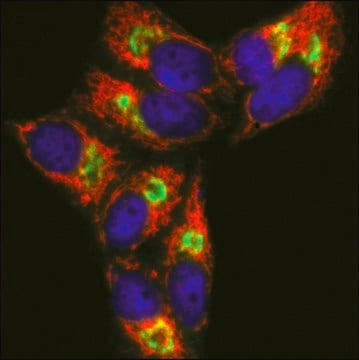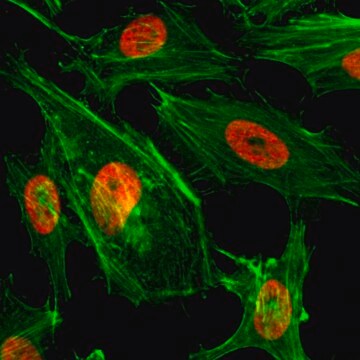SAB5200921
Monoclonal Anti-Notch1 - Percp antibody produced in mouse
clone S253-32, purified immunoglobulin
Synonim(y):
Anti-Motch, Anti-Neurogenic locus notch homolog protein 1, Anti-Neurogenic locus notch protein homolog, Anti-TAN1
About This Item
WB
western blot: suitable
Polecane produkty
pochodzenie biologiczne
mouse
Poziom jakości
białko sprzężone
Peridinin-Chlorophyll-Protein Complex
forma przeciwciała
purified immunoglobulin
rodzaj przeciwciała
primary antibodies
klon
S253-32, monoclonal
Formularz
buffered aqueous solution
masa cząsteczkowa
antigen predicted mol wt >270, ~120 kDa
reaktywność gatunkowa
mouse, rat, human
stężenie
1 mg/mL
metody
immunocytochemistry: suitable
western blot: suitable
izotyp
IgG1
numer dostępu NCBI
numer dostępu UniProt
Warunki transportu
wet ice
temp. przechowywania
−20°C
docelowa modyfikacja potranslacyjna
unmodified
informacje o genach
mouse ... Notch1(18128)
Opis ogólny
Immunogen
Działania biochem./fizjol.
Cechy i korzyści
Postać fizyczna
Oświadczenie o zrzeczeniu się odpowiedzialności
Nie możesz znaleźć właściwego produktu?
Wypróbuj nasz Narzędzie selektora produktów.
Kod klasy składowania
10 - Combustible liquids
Klasa zagrożenia wodnego (WGK)
WGK 1
Temperatura zapłonu (°F)
Not applicable
Temperatura zapłonu (°C)
Not applicable
Wybierz jedną z najnowszych wersji:
Certyfikaty analizy (CoA)
Przepraszamy, ale COA dla tego produktu nie jest aktualnie dostępny online.
Proszę o kontakt, jeśli potrzebna jest pomoc Obsługa Klienta
Masz już ten produkt?
Dokumenty związane z niedawno zakupionymi produktami zostały zamieszczone w Bibliotece dokumentów.
Nasz zespół naukowców ma doświadczenie we wszystkich obszarach badań, w tym w naukach przyrodniczych, materiałoznawstwie, syntezie chemicznej, chromatografii, analityce i wielu innych dziedzinach.
Skontaktuj się z zespołem ds. pomocy technicznej